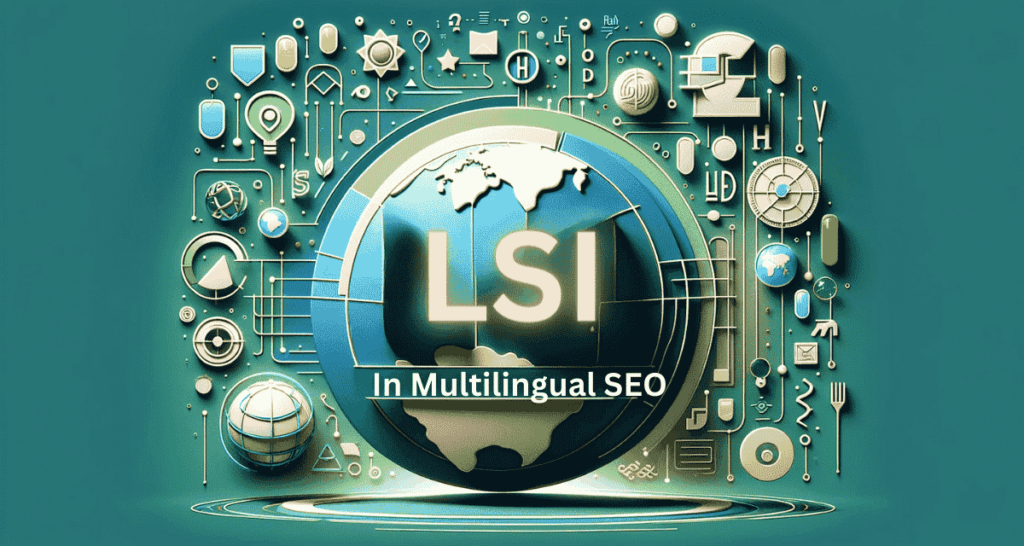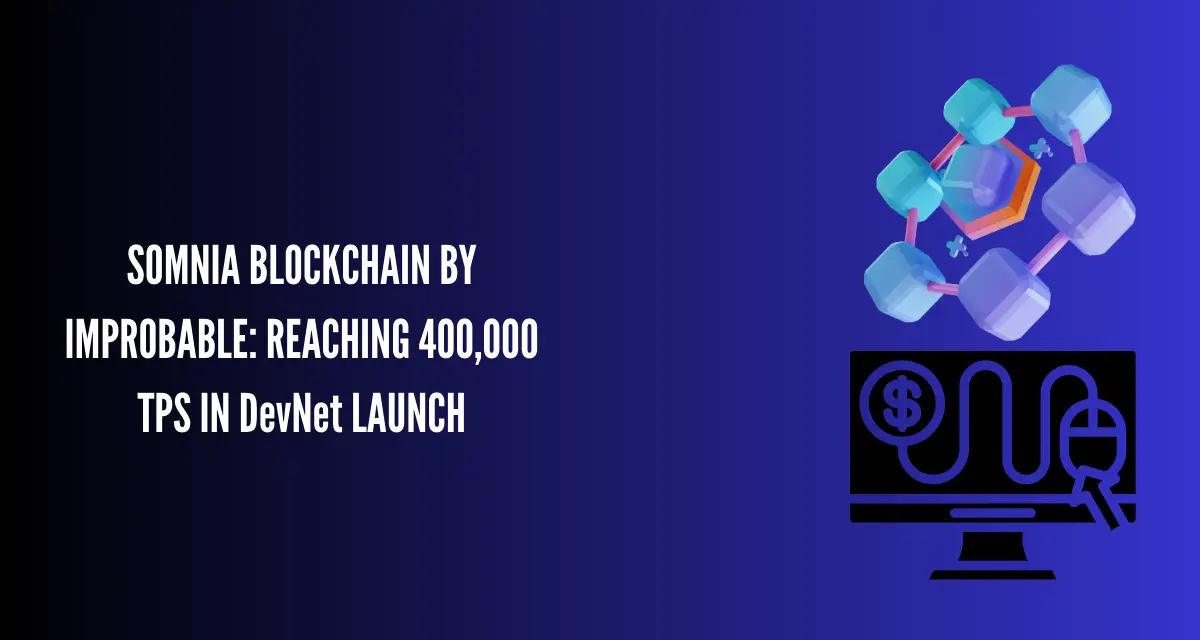Welcome to our in-depth exploration of Latent Semantic Indexing (LSI) in Multilingual Search Engine Optimization (SEO). In this guide, we will break down the essential components of Multilingual SEO, focusing on how LSI can take your strategy to the next level. Throughout the article, we’ll use real-time data and provide legit hyperlinks to online resources to enhance the context.
Introduction to Multilingual SEO and LSI
Definition and Importance
Multilingual SEO is like a global gateway to your online presence, allowing you to reach audiences across linguistic boundaries. But to truly succeed, you need to grasp the concept of LSI.
LSI, or Latent Semantic Indexing, is a powerful algorithm used by search engines. It goes beyond simple keywords to understand the context and relevance of the content. In other words, it’s the secret sauce that helps your website shine in search engine results.
In the world of Multilingual SEO, you’re not just dealing with different languages – you’re dealing with diverse cultures. Each culture brings its own idioms, preferences, and sensitivities.
Understanding these complexities is crucial. It ensures that your content makes a connection, no matter the language.
Languages influence online behavior. People in different regions might have unique search patterns, favorite content types, and keyword choices.
Identifying these language-specific behaviors helps you tailor your strategy for maximum impact.
Challenges in Multilingual LSI Application
Linguistic Complexity
Multilingual SEO can be a linguistic puzzle. Some languages are rich in vocabulary, while others have soft word variations. Navigating these complexities demands precision.
Keywords that work in one language might fall flat in another due to cultural differences. Adapting keywords to maintain relevance across cultures is an ongoing challenge.
Keyword Research for Multilingual LSI

Advanced Tools and Methods
Successful multilingual keyword research relies on cutting-edge tools and methods. They provide insights into user behavior and search trends across languages and regions.
Cultural and Linguistic Considerations
When it comes to keywords, it’s not one-size-fits-all. You need to consider local trends, synonyms, and regional variations to craft a comprehensive keyword strategy.
Technical Aspects of Multilingual LSI
Website Structure for Multilingual LSI
Your website’s structure is like its architectural blueprint. Implementing SEO-friendly structures for multiple languages, including hreflang tags and language-specific URLs, ensures search engines can navigate your content effectively.
Google’s Guide to Implementing hreflang Tags
Handling Multilingual Metadata and Tags
Metadata and tags may sound technical, but they’re essential. Crafting unique meta descriptions, title tags, and alt text for each language version of your site enhances visibility and user experience.
Optimizing Metadata for Multilingual Sites
Content Development with LSI Focus
Writing for a Multilingual Audience
Creating content for a multilingual audience is an art. It involves adapting your message to different languages and cultures while maintaining a consistent voice.
Tips for Multilingual Content Creation
Incorporating LSI Keywords Naturally
Don’t stuff keywords; blend them into your content seamlessly. Your goal is to enhance the user experience, not disrupt it.
Optimization Techniques for Multilingual LSI
On-Page Optimization Strategies
On-page optimization involves adjusting content, headers, images, and internal links. Crafting these elements for each language version of your site can boost rankings and user engagement.
Off-Page Considerations
Off-page optimization extends beyond your website. Building high-quality, language-specific backlinks can significantly impact your site’s authority.
LSI and Local SEO in Different Languages
Strategies for Local Language Targeting
Local SEO strategies vary by language. Tailoring your approach to each language’s local requirements is key to success.
Geographic Considerations in LSI
Geography plays a role in search results and user intent. Considering geographic factors when implementing LSI in multilingual SEO provides contextually relevant content.
Measuring the Impact of Multilingual LSI
Analytics and Performance Tracking
Numbers don’t lie. Monitoring key metrics and adjusting strategies based on data ensures continuous improvement.
Tools for Multilingual SEO Analysis
An array of tools provides insights into multilingual SEO performance. By connecting to their power allows you to make data-driven decisions.
User Experience and Multilingual LSI
Enhancing User Engagement
A happy user is a returning user. Make sure visitors find what they’re looking for in their preferred language to boost engagement and conversions.
Multilingual User Interface and LSI
Creating a seamless interface that switches between languages improves the overall user experience. It encourages users to explore your content in different languages.
Mobile SEO and Multilingual LSI

Mobile Optimization for Different Languages
With mobile usage rising worldwide, optimizing multilingual content for mobile devices is a must. It ensures accessibility and better rankings in mobile search results.
Mobile SEO Guide
Mobile User Behavior and LSI
Understanding how mobile users interact with content in various languages helps tailor your multilingual LSI strategy for this growing audience.
Voice Search Optimization in Multilingual SEO

Voice Search Trends in Different Languages
Voice search is on the rise, across languages and regions. Optimizing your content for voice search queries demands a nuanced approach to LSI.
Optimizing for Voice Search with LSI
Crafting content that answers natural language questions enhances visibility in voice search results. LSI is your partner in this mission.
Multilingual Link Building with LSI
Strategies for Multilingual Link Acquisition
Building quality links in multiple languages strengthens your site’s authority. Employing language-specific link building strategies is vital for multilingual SEO success.
We have written a complete article on the topic of Link Building Techniques. Please read the article for better understanding.
Quality and Relevance Across Languages
Maintain link quality and relevance across languages. Ensure that links pointing to your site are from reputable sources and contextually relevant to your content.
Emerging Trends in Multilingual LSI and SEO
Future Technologies and Methodologies
The world of multilingual SEO is ever-changing. Stay updated on arising technologies and methodologies to keep your strategies effective.
Predictions and Potential Developments
Expecting the future of multilingual LSI and SEO helps you proactively adapt to changing trends and stay ahead of the competition.
Conclusion
In conclusion, understanding LSI and its role in Multilingual SEO is important for global success. With this guide, you’ve taken a significant step toward mastering this complex field. As the digital world continues to shrink, those who embrace Multilingual SEO with LSI at its core will thrive in a global marketplace. The future holds exciting prospects, and your journey in multilingual SEO is just beginning. Dive deeper, explore further, and watch your online presence reach new heights. Happy optimizing!
Author
-

Sophie is our seasoned SEO Expert , navigating the intricacies of algorithms with finesse. With a wealth of experience, she ensures your digital presence ascends to the top ranks, one optimized keyword at a time.
View all posts




